Repainting the advice process
Earlier this year, before all travel restrictions, we visited a technology conference for financial advisors in the United States. Most of the vendor presentations were provided by inspiring wealthtech firms, both established and emerging technology platforms. Among the new features of these platforms are digital account opening, slick and automated advisor workflows, complex estate planning, AI-assisted portfolio construction etc. As we have seen in the last couple of months, the way we do business can change rapidly due to unforeseen circumstances. These platforms and their functionality will very likely repaint the current advice process and the way clients receive financial advice. We are very curious to see how fast these technologies will actually be applied in multiple regions.
Client: Am I on track to meet my financial goals or am I not?
An interesting take-away from the conference was that despite all of this great technology, answering this key client question remains a challenge. All these innovative platforms aim to help clients make conscious decisions about the future. Most of them barely take the uncertainty of their investment portfolios and monitor afterwards into account. As the COVID-19 outbreak has proven again that economic growth is not a guarantee, it is important to take this uncertainty for individual investors into account. Currently, most platforms still appear to use extremely basic growth assumptions for the underlying investment portfolios. As future portfolio growth and returns are uncertain by their very nature, it is essential to keep track of a realistic range of outcomes, instead of a assuming a 6% straight line every time. Some tools try to solve this problem by offering a standard ‘Monte Carlo’ module, but those models fall short in multiple ways as well. In our previous white paper, we explain why and how these shortfalls apply.
What parts are we repainting ourselves?
Our solution gives clients and advisors access to goal-based planning through realistic portfolio projections. However, we have our own part in repainting in the advice process as well. This is not intended to replace or redo innovations of other wealthtech platforms, but merely to complement them. Technology is increasingly offered through platforms that contain multiple integrations and synergy through best-of-breed solutions. With this series of blogs, we would like to give you a little sneak peek into our own innovation roadmap. In the upcoming months, we will publish several blogs that discuss our developments on some important components of the advice process. The following topics will include:
Why would you advise a client to take on more risk than is actually necessary? We find that through goal monitoring and easy-to-implement decision rules, advisors can increase the feasibility of clients achieving their goals, while minimizing the risk. Our back-tests and analysis find that this methodology leads to better results than current market practice, making use of a static strategy. Consistently applying this strategy may help clients mitigate their exposure to market downturns like we have seen earlier this year. |
In many tools, the growth assumptions of asset classes are just based on a historical average. They lack taking into account current market conditions and events that cannot be captured by historical data. The impact of COVID19 restrictions to the real economy is one, but climate change is one of those examples. Our analysis shows that taking into account multiple climate change pathways has a large impact on financial advice today. |
Open banking, regulation and technology enables clients and advisors to use account aggregation from multiple banks to collect client information. However, the question is, can we convert this automatically retrieved data directly into high quality advice? Can we automate the mapping of securities in a portfolio into a projection without help of a skilled advisor? |
Instead of using a tool that enables you to prepare a plan, wouldn’t it be nice if the tool prepares the plan for you? Automating plan suggestions and advice has been implemented in several tools already, however, progress still needs to be made. With a scenario approach, you can introduce client preference and priority into the equation, by making a different suggestion for a goal that needs at least 50% or one that needs more than 75% probability of success. |
Imagine you have multiple financial goals, with different priorities and time line – e.g. retirement and a vacation home. How can you design your plan today, to make sure you will reach at least your high priority goal but have a fair chance to achieve both? Our research outlines several methods that provide refreshing insights how to budget and manage multiple goals & accounts. |
Most of these innovations are already possible using our current solution and technology. For these cases, it is the way that the technology is being deployed that makes the difference. If you like to learn more about our current offering for goal-based planning and monitoring, click here or download the brochure.
Coming up
In our next blog we will illustrate (through back-tested data up until the year 2000) how goal monitoring and dynamic portfolio decisions actually lead to better results for the client.
Contact



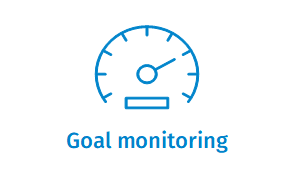 Dynamic portfolio decisions increase goal feasibility
Dynamic portfolio decisions increase goal feasibility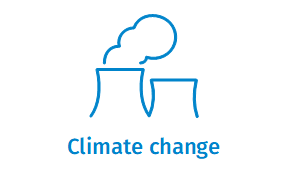 Accounting for climate change impacts investment decisions
Accounting for climate change impacts investment decisions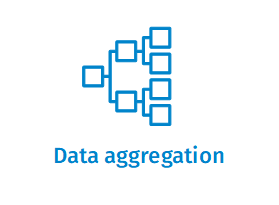 Map securities of client portfolio’s to projections without advisor help
Map securities of client portfolio’s to projections without advisor help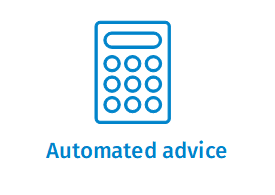 Automate the trial-and-error process of preparing a plan
Automate the trial-and-error process of preparing a plan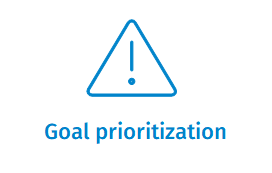 Include priority of goals for planning and budgeting of future decisions
Include priority of goals for planning and budgeting of future decisions







